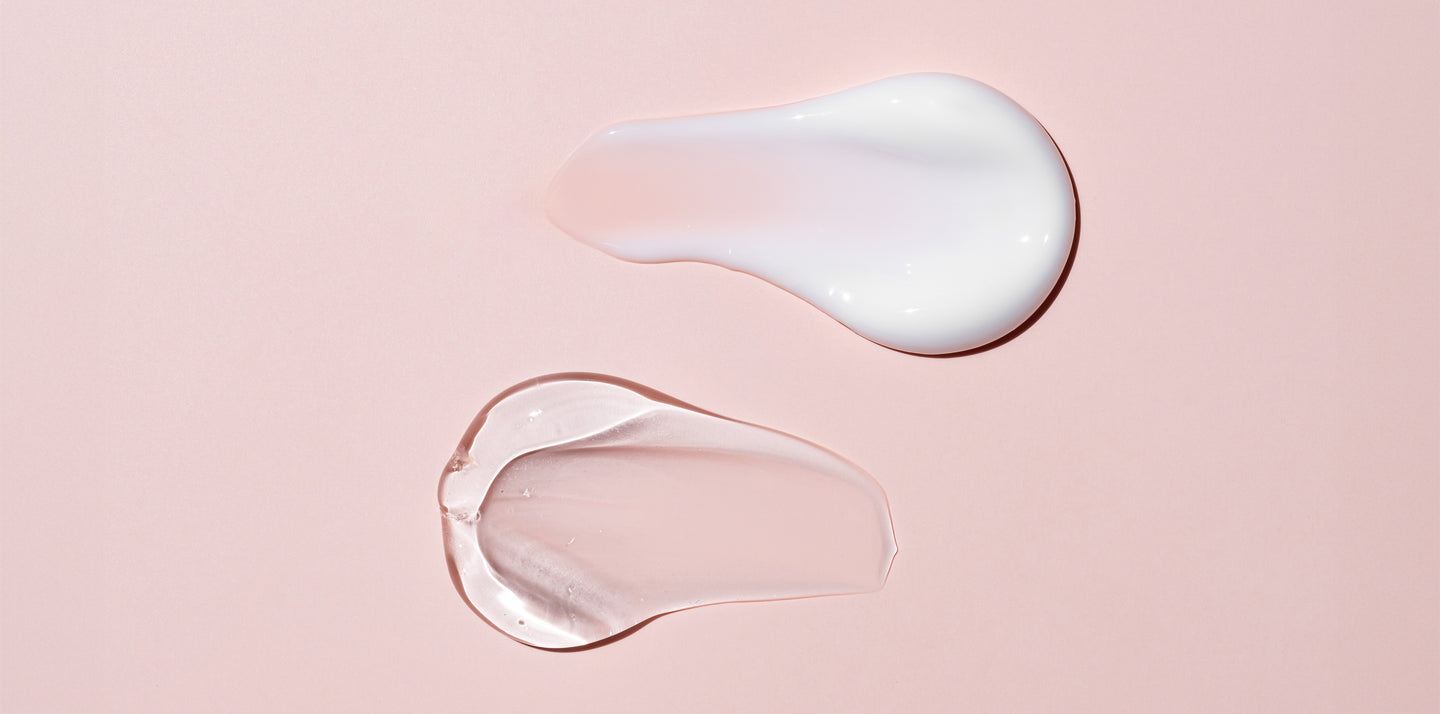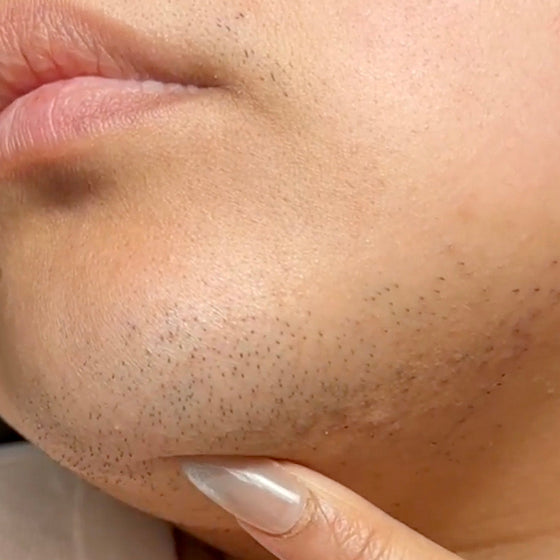Salicylic acid + retinol – two powerful skincare ingredients in their own right, but what happens when you put them together?
No, you won’t have a Mentos-and-Coke situation on your hands – with a thoughtful skincare routine, you can reap the benefits of both active ingredients without causing damage or irritation.
We’ll go over how to thoughtfully and effectively integrate both salicylic acid and retinol into a skincare routine for optimal results.
How to Use Salicylic Acid with Retinol
In short? If you want your skin to reap the benefits of both salicylic acid and retinol, take turns. Products with high concentrations of salicylic acid and retinols are typically best used 2-3x a week – leaving you with the opportunity to alternate products and avoid bombarding your skin with multiple intense active ingredients at once.
If you already use salicylic acid: Introduce a retinol product to your nighttime routine, and apply salicylic acid and retinol on alternating nights. (If your cleanser or moisturizer includes a .5% salicylic acid, don’t sweat it – chances are, adding retinol to the mix won’t be too intense. If you’re concerned, use the salicylic acid product in the morning and use a different cleanser or moisturizer in the evening.)
If you already use retinol: Introduce salicylic acid in your nighttime routine, either as a concentrated serum/spot treatment (2-3x/week, alternating nights with retinol) or as a less-concentrated active ingredient in a cleanser or moisturizer.
If you don’t use either yet: Choose one to start with (retinol if you’re most concerned about aging, salicylic acid if you’re most concerned about oiliness and breakouts). You could also consider using a product formulated with both retinol and salicylic acid if you’d rather just add one product to your skincare routine.
What NOT to do:
- Don’t introduce two new products to your routine at once. This makes it tricky to gauge how your skin reacts and what it’s reacting to.
- Don’t do too much too soon. When introducing either a salicylic acid or retinol into your routine, start by applying it just 1x/week and work your way up to more if you don’t experience any adverse reactions.
- Don’t use retinol in the morning. Retinol makes skin more photo-sensitive. (And you should be wearing SPF daily anyway, but it’s especially important if retinol is part of your skincare routine.)
- Don’t mix products together. While some skincare products do carefully formulate retinol and salicylic acid together, avoid playing chemist and doing so on your own – mixing and applying them together may overstimulate your skin.
Deeper Understanding of Salicylic Acid and Retinol
Before you hit “checkout” on your Sephora basket, let’s double-check whether salicylic acid and retinol offer the benefits your skin needs. Depending on your skin type and skin concerns, you may just need one or the other.
Salicylic acid is the most commonly used BHA (Beta Hydroxy Acid). It works by balancing the skin’s sebum or oil production to unclog pores and remove dead skin cells. It assists with facial exfoliation and has become a popular ingredient for combination, oily, and acne-prone skin types.
Retinol is derived from Vitamin A and converts to retinoic acid when applied to the skin. Retinol famously speeds up cell turnover, increases collagen production, evens skin tone, and improves the appearance of fine lines. This makes retinol a favorite hero ingredient in anti-aging products.
That being said, both salicylic acid and retinol can cause irritation and excessive dryness when used too much, too often, or on too sensitive of skin. So even though these ingredients can have a place together in the same routine, you’re right to be careful! We don’t recommend layering two separate products in the same setting – their interaction can be intense if not carefully formulated.
Here’s a sample skincare routine featuring salicylic acid and retinol:
Morning:
Cleanser
Moisturizer
SPF 30+
Evening:
Makeup Remover
Cleanser
Salicylic acid or retinol (Night 1: salicylic acid, Night 2: retinol, Night 3: neither; repeat)
Moisturizer
Eye cream
Preventing & Managing Side Effects When using Salicylic Acid and Retinol
If you know your skin is sensitive and tends to react dramatically to newly-introduced skin care products, save yourself an all-over skin freakout and do a patch test first. The American Academy of Dermatology Association recommends choosing a quarter-sized spot of skin (perhaps the underside of your arm) and applying the product there twice daily for 7-10 days, leaving it on as long as directed. If you don’t have a skin reaction, use the product. If you do have an adverse skin reaction, wash the product off and don’t use it again.
(Pro tip: Ulta and Sephora accept returns for opened skincare products, as long as it’s within 60 days and you’ve used less than 25% of the product!)
Note that skin irritation, dryness, and sensitivity are common when using retinol for the first time. These side effects typically go away after a few weeks of use. If you experience burning or pain, discontinue use and consult a physician.
Related: How to Exfoliate Your Face with a Brush: Helpful Tips






